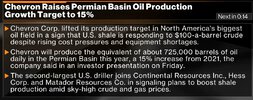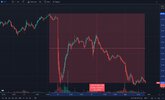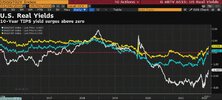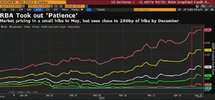- Joined
- 14 February 2005
- Posts
- 15,477
- Reactions
- 18,092
Being drenched day after day in the rain or working a 12/7 roster is very doable when the company's good in terms of management and so on. Been there, done that in the past.I think he's more referring to how the companies treat their people.
If the company's a dud however well they're going to have a lot of issues keeping staff in the current environment and will need to pay $$$ to get people.
How wage inflation impacts a business depends on more than just the labour market itself. If the management's top then workers will accept being paid less than if the management's crap.






